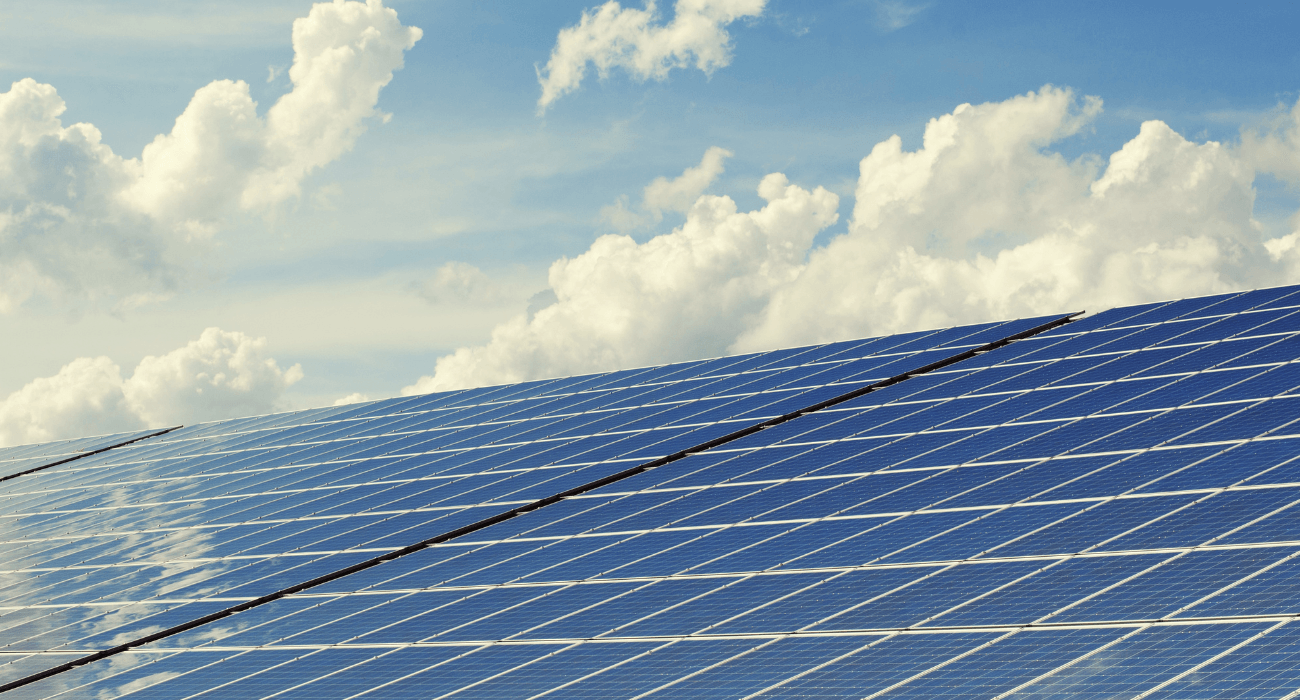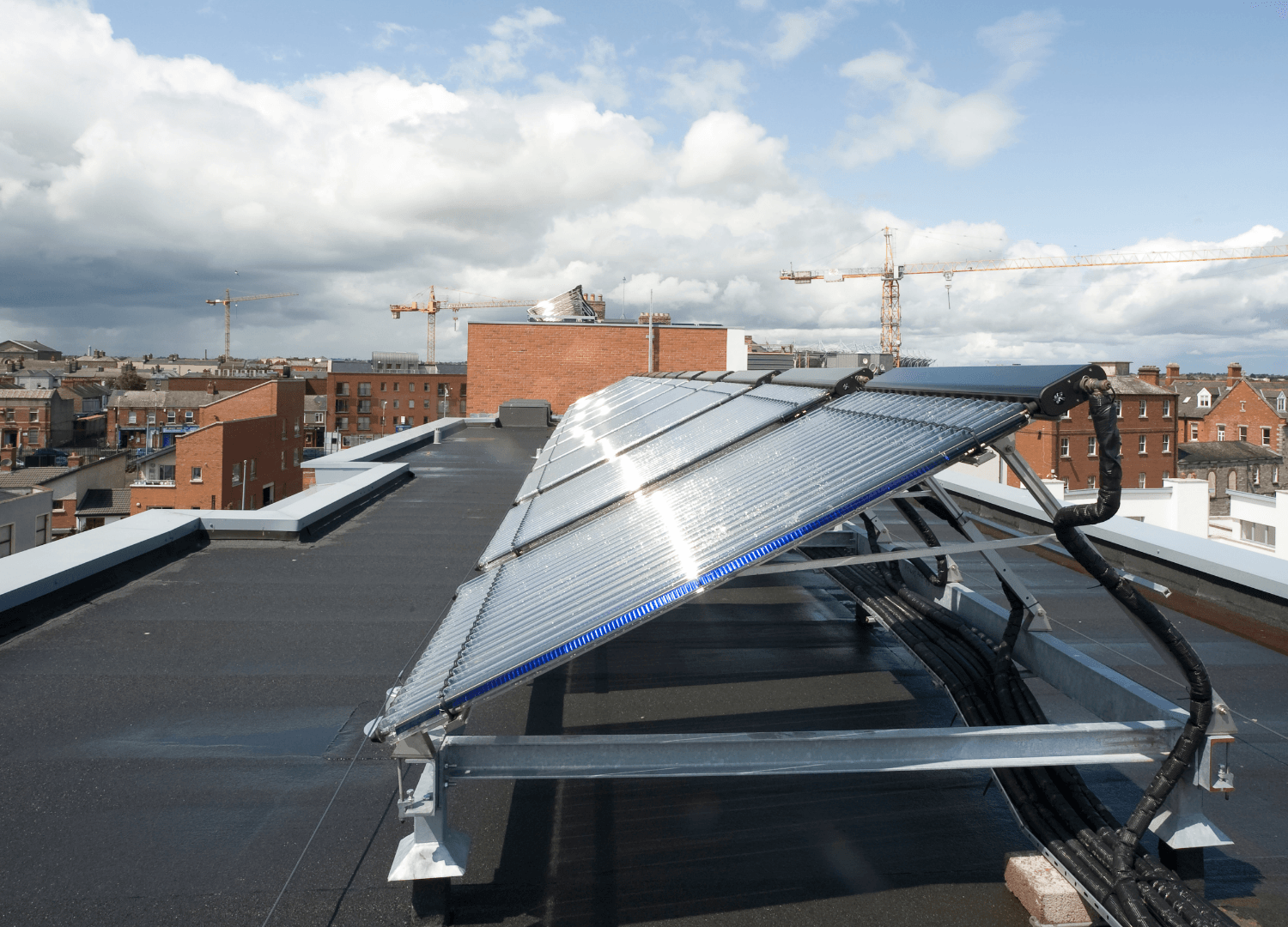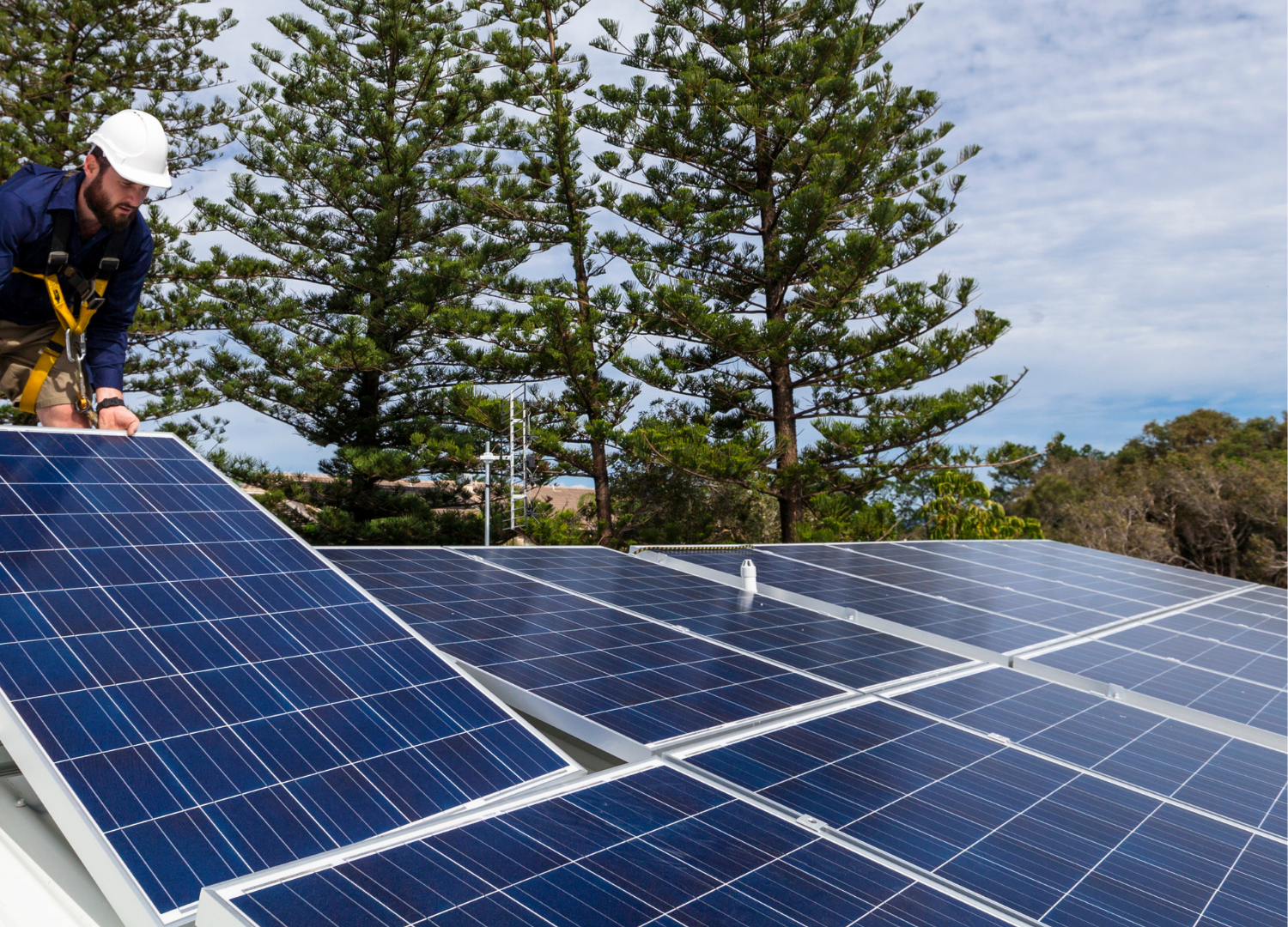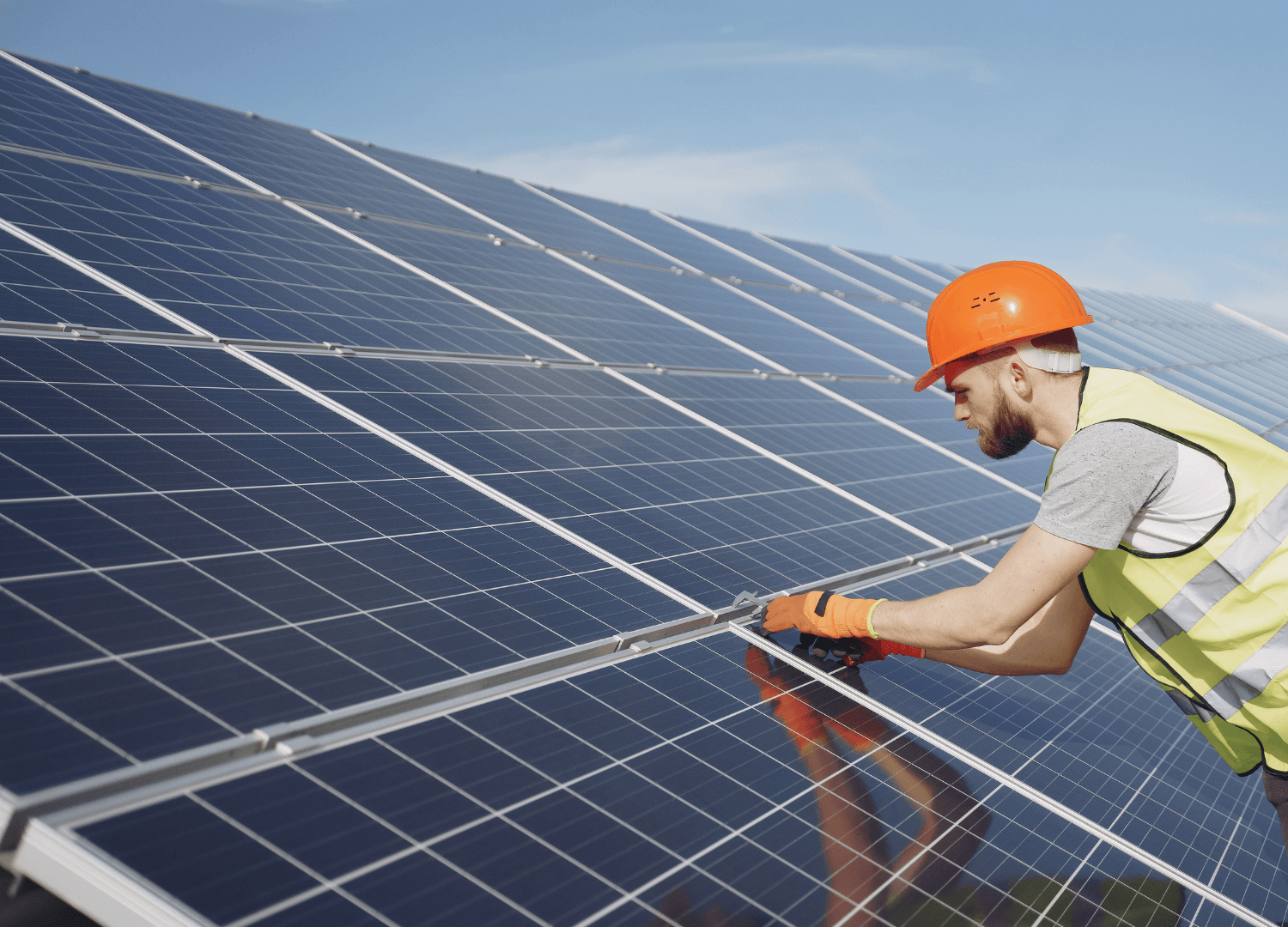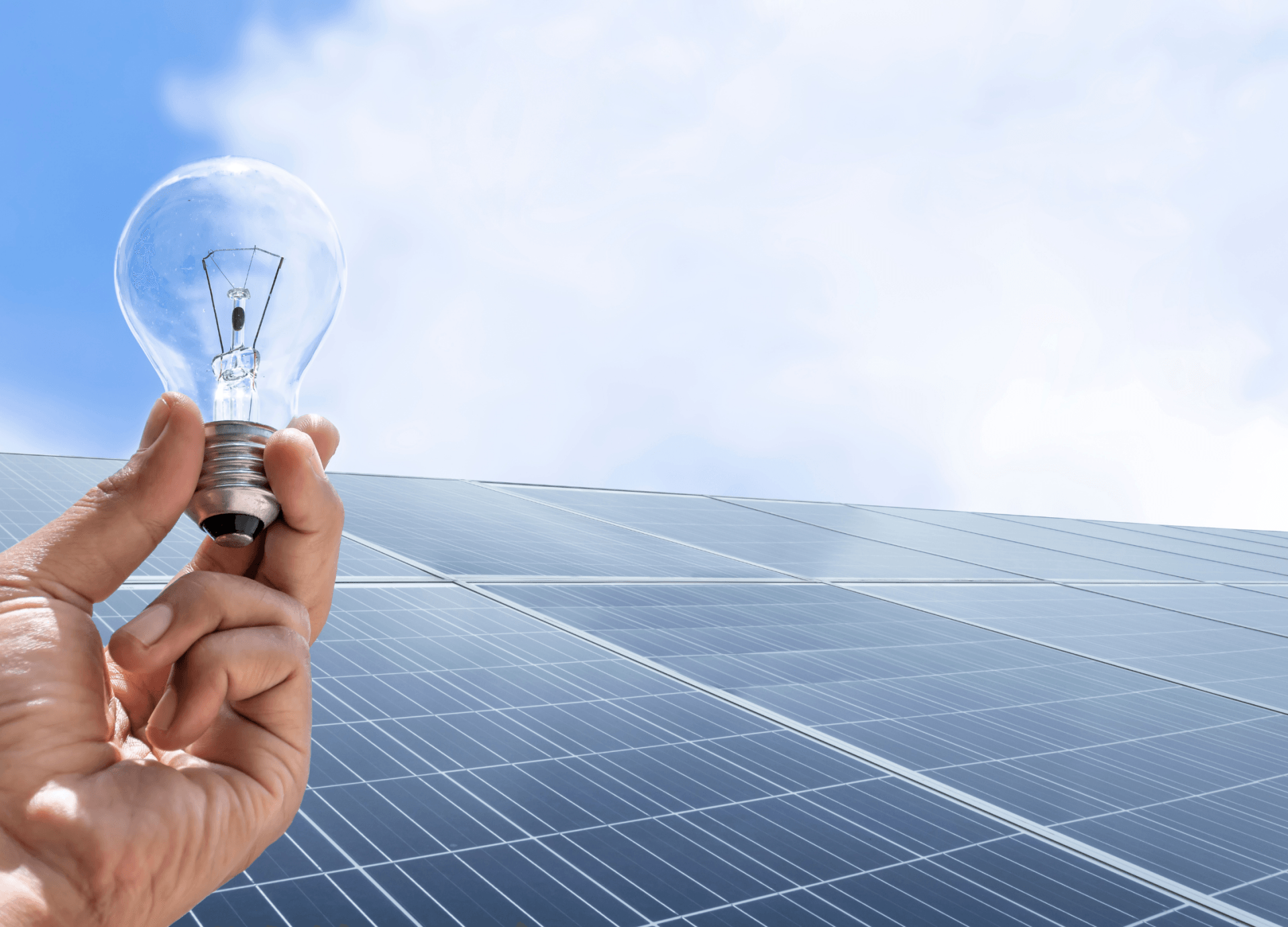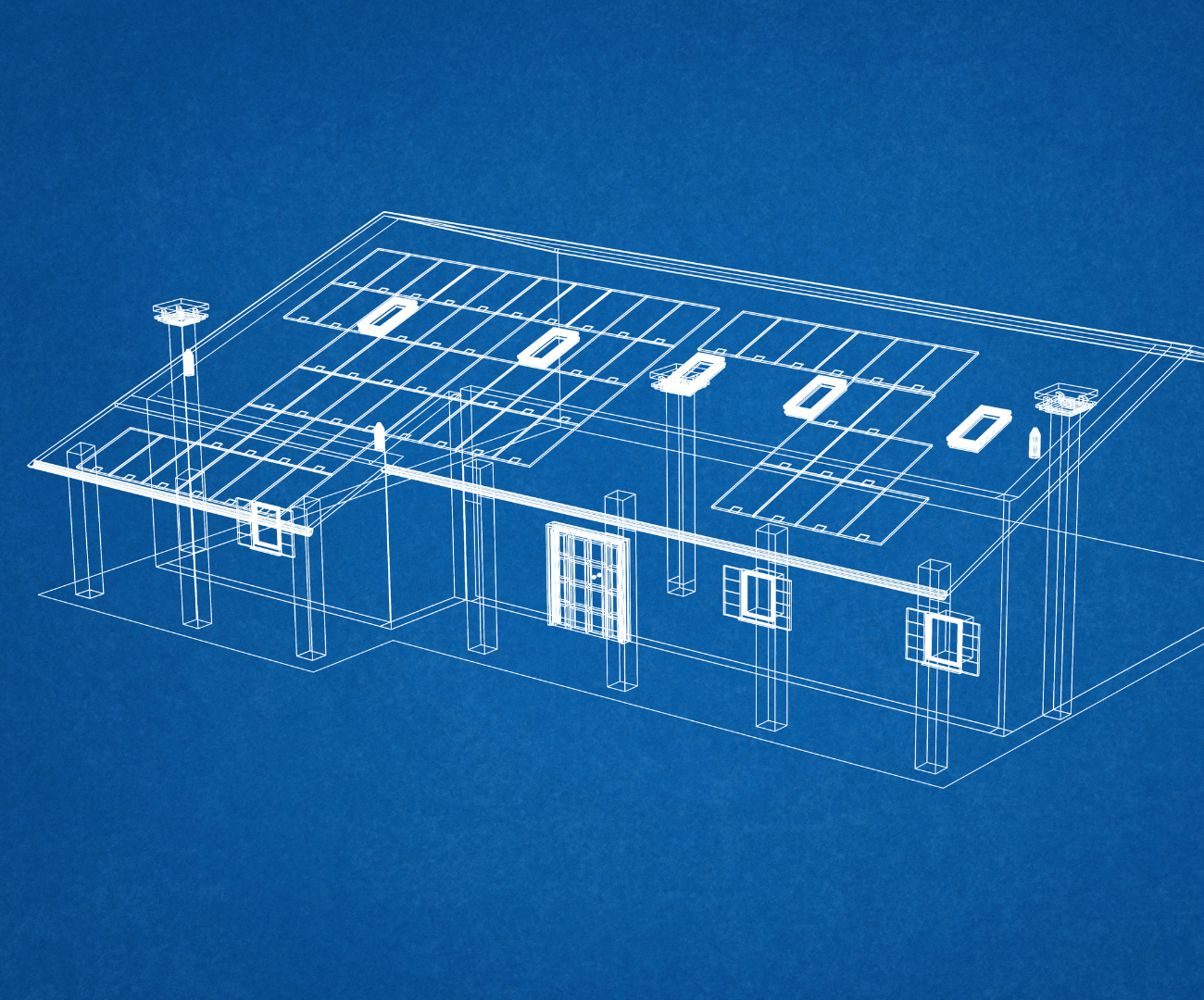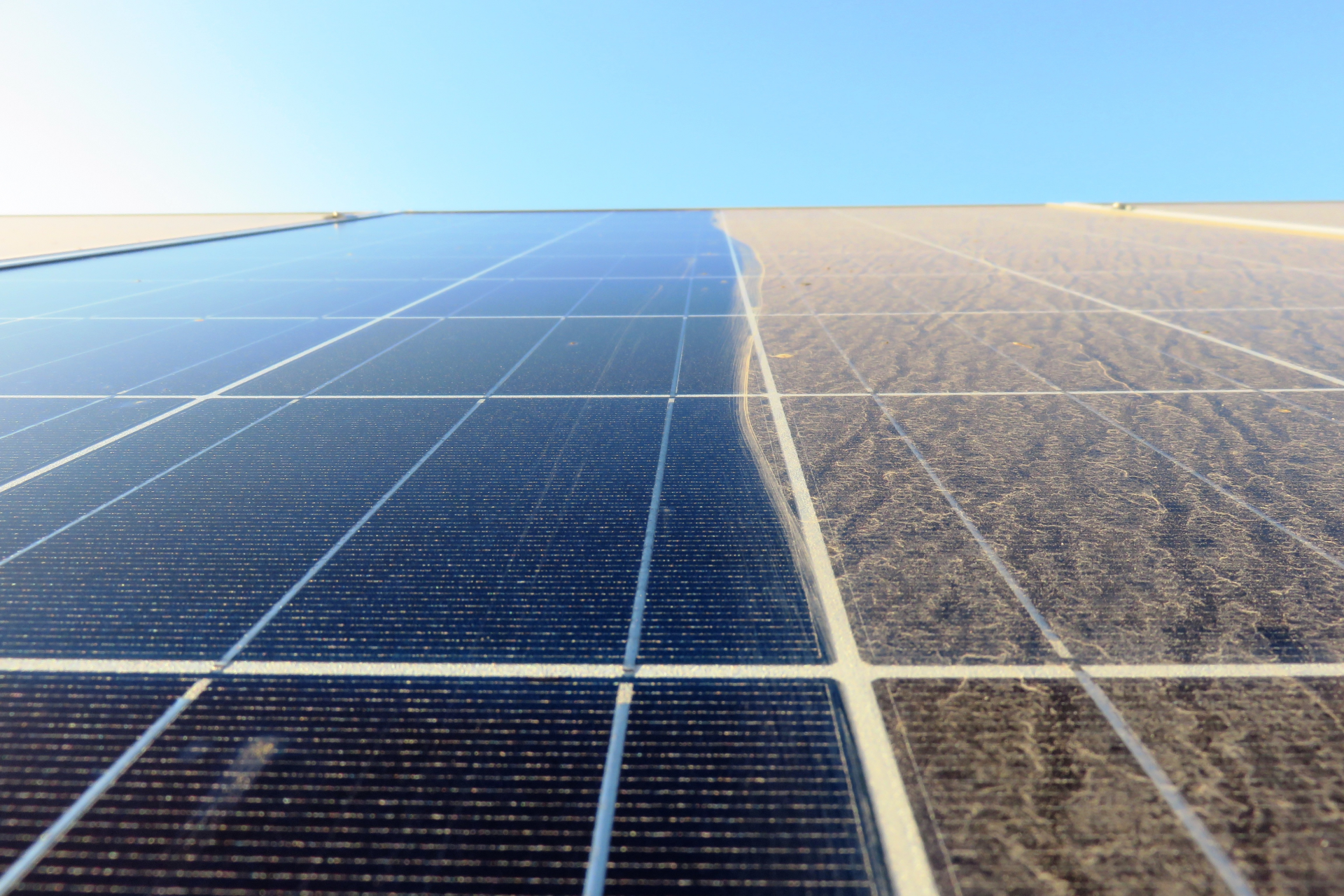How Much Does Solar Cost?
What Is The Cost Of A Residential Solar Power System?
It is important to have a clear understanding of how solar energy systems work and the general pricing information for the acquisition of equipment and routine maintenance, especially since it is considered to be more cost effective now more than ever. You can avoid overpaying for your panels, with all this information in mind.
The average cost of solar power systems has been on a continuous downward trajectory, as the popularity and accessibility of solar energy continues to grow. From over 50,000 dollars for a 6KWh (kilowatt-hour) system back in 2011 to between 21,000 and 16, 000 dollars in 2021; over the past decade, the average cost of a residential solar panel system has dropped by upwards of 60 percent annually, according to the Solar Energy Industries Association.
To come up with a breakdown of the general cost of implementing solar power in your home and round up the process of installation, we at Home Media Reviews have taken the time to research numerous solar companies and manufacturers. You can use this online tool to generate a free cost estimate, if you are looking to reach out to solar energy companies near you.
What Is The Cost Of Solar Panels?
In addition to the initial installation costs, you will also need to cover the cost of equipment up-front when switching over to solar energy. However, you will only be required to cover the cost of energy you consume in excess of what your solar power system produces, after covering the initial costs. Homeowners will see a return on their investment after a few years and long term savings on their energy bills, assuming that they get a system that perfectly matches their energy requirements; and, is also installed and maintained properly.
The average price of a residential solar panel system is estimated to be around 2.94 dollars per watt, according to figures published by the Solar Energy Industries Association. This price equates to just below 11,000 dollars for a 5 kW (kilowatt) set up – in the US this is considered to be the average size of a standard residential system.
Solar panel prices vary depending on brand and from one retailer to the next. However, only a small part of the entire initial solar system set up cost is made up of the solar panel cost. The remainder of the solar power system cost is made up of continuous maintenance and installation costs.
State Average Cost of Solar Per Watt Average Cost of a 5kW System After Tax Credit
Alabama $2.45 $9,065
Alaska $2.41 $8,917
Arizona $2.61 $9,657
Arkansas $2.54 $9,386
California $2.73 $10,101
Colorado $2.69 $9,965
Connecticut $2.80 $10,360
Delaware $2.58 $9,546
Washington, D.C. $3.16 $11,704
Florida $2.53 $9,361
Georgia $2.55 $9,423
Hawaii $2.67 $9,879
Idaho $2.60 $9,608
Illinois $2.73 $10,113
Indiana $2.68 $9,916
Iowa $2.77 $10,237
Kansas $2.59 $9,571
Kentucky $2.34 $8,658
Louisiana $2.57 $9,521
Maine $2.83 $10,483
Maryland $2.77 $10,261
Massachusetts $2.94 $10,878
Michigan $2.81 $10,409
Minnesota $2.84 $10,508
Mississippi $2.64 $9,768
Missouri $2.59 $9,583
Montana $2.54 $9,386
Nebraska $2.83 $10,471
Nevada $2.52 $9,324
New Hampshire $2.91 $10,767
New Jersey $2.77 $10,249
New Mexico $2.68 $9,904
New York $2.95 $10,927
North Carolina $2.54 $9,398
North Dakota $2.42 $8,954
Ohio $2.56 $9,460
Oklahoma $2.62 $9,694
Oregon $2.60 $9,632
Pennsylvania $2.55 $9,447
Rhode Island $2.84 $10,508
South Carolina $2.72 $10,076
South Dakota $2.39 $8,843
Tennessee $2.49 $9,213
Texas $2.69 $9,953
Utah $2.68 $9,904
Vermont $2.87 $10,619
Virginia $2.75 $10,163
Washington $2.69 $9,965
West Virginia $2.64 $9,768
Wisconsin $2.60 $9,620
Wyoming $2.57 $9,509
Table courtesy of EcoWatch
Based on a June 2021 report
The Process Of Solar Power Installation
The switch to using solar power doesn’t just happen instantly. Deciding on a solar provider alone may take several weeks or months; afterwards, for your system to become operational, it may take half a year or less. The duration of inspection and permitting processes in your locality, as well as your chosen company’s schedule and availability are among the main influencing factors when it comes to ascertaining the time it takes to get your system ready. The length of this process may also be influenced by the size and type of solar panels you end up choosing.
There are five main steps in the general solar power system installation process. They include, survey, system design, obtaining permits, system installation and connection. There are five main steps in the general solar power system installation process. They include, survey, system design, obtaining permits, system installation and connection. You can enter your zip code here to speak to or get cost estimates from solar power installers in your local area.
Step 1: Survey
As the first step in the process of installing solar panels in your home, your chosen company will send an engineer to survey (site review) your home. There are many in-house engineers at Momentum Solar, and other similar solar power system installation companies. This task may also be outsourced to local contractors may by other companies. The engineer will inspect your home’s electrical system, in addition to checking whether the roof can accommodate the solar panel array. The design of your home’s solar power system will be guided by this home visit.
Step 2: Design
The solar power system installation company you hire will come up with a tailor-made system for your home, after an in person roof survey. You will have the opportunity to pick the products that best fit your budge, from a list of recommended products that is normally supplied by companies. Before the company moves on to the next step, seeking a permit for the work, you will have the chance to go through the design and give them your approval.
Step 3: Permitting
It is only after obtaining all the relevant documentation, including permits, can solar power installation commence. Fortunately, most companies will offer to handle this step on your behalf, especially considering that it might take a few weeks to complete.
Written permission from your current utility company, usually provided in the form of an intertlocal agreement, is among the required permits. The agreement includes registration in a net metering program, if applicable in the state you reside in. To ensure that they are only billed for their net energy usage, net metering credits homeowners who own their solar power systems for any excess power produced by their systems.
Net metering programs are in place in the US Virgin Islands, Puerto Rico, Guam, Washington DC and 34 states, as of 2022. Other forms of compensation for the use of solar energy are in place in an additional 6 states, including Mississippi, Georgia, Utah, Hawaii, Arizona and Louisiana. Other forms of compensation are either in place or being implemented to phase out net metering in a number of states, including Michigan, Indiana, New York, Kentucky and Illinois. Net metering is not available in Texas, Idaho, Tennessee, Alabama and South Dakota.
Local electrical and building permits will need to be secured by your chosen solar company. To help you offset the cost of your new solar power system, you will want to make sure that the company you are working with also registers you for any applicable federal or state incentive program.
Step 4: Installation
The installation of solar power systems normally takes 1 to 3 days – however, the specific duration is dependent on the complexity and size of your solar system. Before laying the wiring that feeds into your power system, installation experts will first make sure that all roofing shingles and tiles are fixed in place. To hold the panels in place, racks will have to be installed. Afterwards, the panels will be installed on your home’s roof. This will then be followed by the installation of supporting equipment such as batteries, which will be used to store power and supply it to your home during blackouts or nighttime, and inverters – whose main function is to convert the electricity generated by solar panels into useable AC (alternating current).
Step 5: Connection
Your solar power generation system can be officially connected to the grid, assuming it satisfies local guidelines and passes inspection. Once all that is done, generating solar power from your panels will be as simple as flipping a switch!
Factors Influencing The Cost Of Solar Panels
The cost of solar panels can be affected by a variety of factors, including:
Your Location
Solar power can be harnessed anywhere across the US because PV (photovoltaic panels) – which are normally used in residential solar systems – are capable of absorbing indirect and direct sunlight. To ensure that your panels get maximum exposure to sunlight, regardless of where you live, most companies choose to install monocrystalline solar panels – which are equipped with highly efficient PV cells.
Legislation, instead of geography, is the most important cost impact when it comes to location. Regardless of exposure to sunlight, states that have solar power investment tax credits and other solar energy incentives normally have high solar power output levels just like sunnier states.
The Structure Of Your Roof
Your rate of return on investment, as well as the cost you can expect to shoulder for your new solar panels is reliant on the age and layout of your roof. Angled roofs, which allow for the highest possible level of sun exposure to the PV cells, facilitate maximum energy production levels. The overall cost of your solar power generation system is higher if you have a flat roof as this requires the construction and installation of angled platforms.
When it comes to the cost of solar panels, the structural integrity and age of your roof have an essential role to play. The total cost of installation is bound to increase significantly, if a different roofing material or repairs are required to support the panels.
Number Of Solar Panels And Support Equipment Required For Your System
The type of panels you choose as well as the number required to put together your system have an impact on the total cost.
While larger homes may require the installation of a 6 kilowatt system, the average residential solar system is 5 kilowatt. You will need to fork out around 11,000 dollars, for a 20 solar panels, if your home uses 250W PV (photovoltaic) panels. For larger systems that require the use of more panels, prices are bound to increase from this starting figure.
Additional equipment, like an inverter, is required for residential solar systems. Your cost may increase as a result of selecting specific batteries – like the Tesla Powerwall – and inverters, even though most solar companies include these components in the design.
